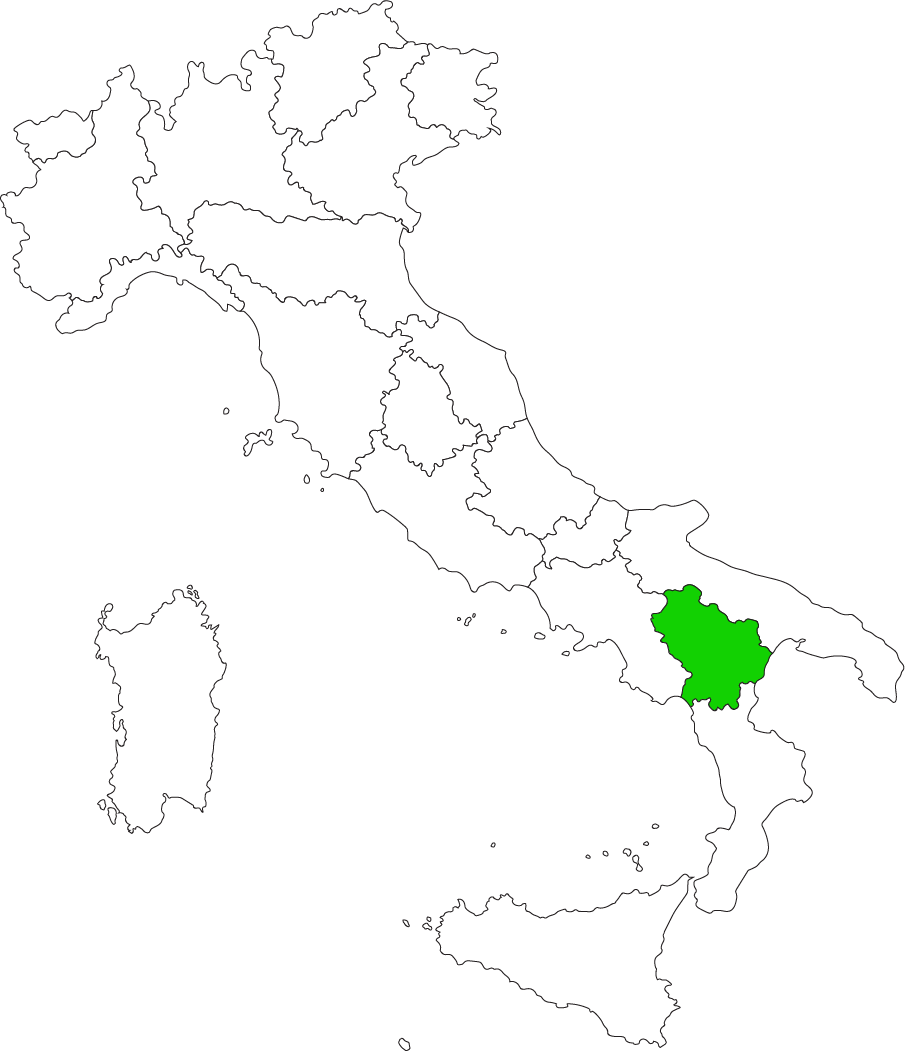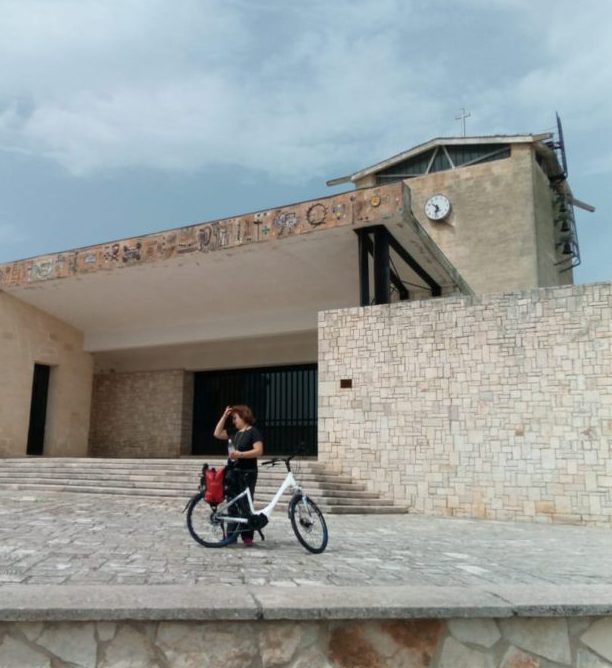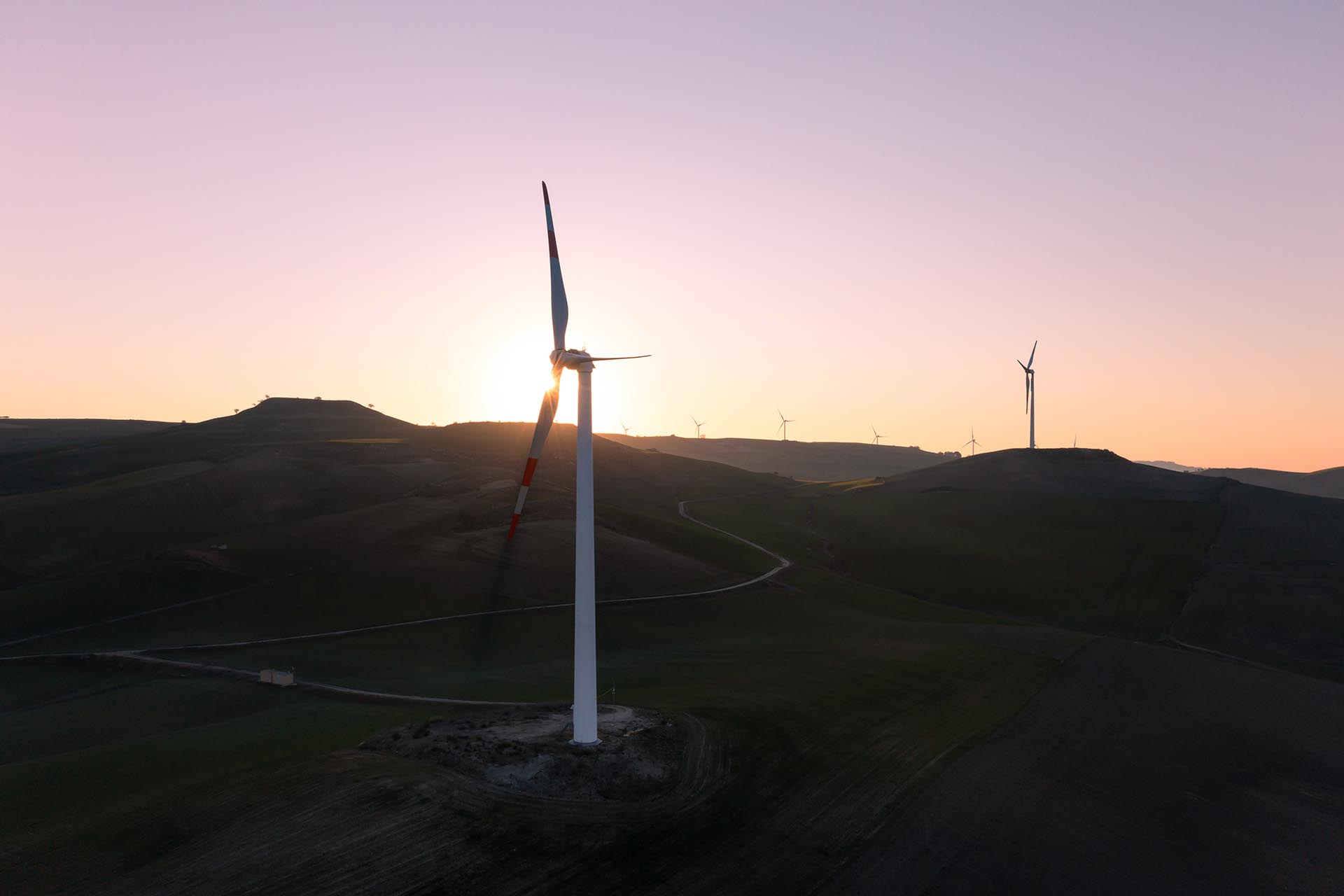Project Description
Matera

Matera

Where it is
An intertwining of art, landscapes, monuments and traditions. Before arriving at this unique place in the world, called Matera, you take the Bradanica Road, the secondary road that links Apulia and Basilicata, and crosses through a series of Lucanian municipalities called “towns of art”, charming villages that deserve a fleeting deviation from the main road. Villages such as Irsina, where it is worth stopping even if only to admire the Cathedral of Santa Maria Assunta di Irsina, where, inside, amongst its numerous treasures, shines the statue of Saint Eufemia, the famous sculpture attributed to the great Renaissance artist, Andrea Mantegna. Or such as Tricarico, the birthplace of the poet Rocco Scotellaro, a scholar of the peasant culture and a symbolic figure of the political and cultural renewal of the South of Italy.
| Legend |
|---|
 Wind Farm Wind Farm |
Browse the map and discover the places to visit, where to eat and where to stay, chosen by Legambiente
A little further on, near the two turbines of the wind farm, a road on the right climbs up into woods reaching an altitude of 450 metres. We are in the valley of the Bradano River and plateau of the Murge where the Sanctuary of Santa Maria di Picciano rises up. It is an historical place of the Benedictines, the first traces dating back to the 13th century and which, for a long time, was a reference point for pilgrims arriving in processions attracted by the fame of the miracles attributed to the Madonna here. According to the legend, she appeared on the branches of an oak tree to some Abruzzo shepherds who were passing by on the transhumance.
Borgo La Martella
Following the road towards Matera it is almost a must to make a stop in the village of La Martella. At first glance, the village could appear to be like any of the many other small villages to be found surrounding the Lucano capital. However, at the beginning of the 1950s, the construction of this farming village, complete with homes and services, which had to be reconstructed, without negatively impacting the landscape and the environment, the typical habitat of the Sassi, representing an avante-garde architectural project, which brought together the National Research Council (CNR), the utopia of Adriano Olivetti (there is still the library dedicated to him) and famous architects such as Ludovico Quaroni, head of the project. In 1952, under a special law, No.619, it was recognised that the living conditions in the Sassi, where the incidence of malaria was higher than anywhere else, were unsustainable for a country that was on the path, though slowly, towards economic reconstruction. Thus, it was decided to relocate most of the local population to new council housing and modern rural villages. La Martella, constructed using tuff and baked clay, local native materials that recalled the colours and traditions of the original habitat, became the new home for about 1,000 of the 16,000 people who had been living in the sassi . All the farm workers who, before moving, had taken 3 hours every day riding mules to reach the land where they worked.
A curiosity. In La Martella there is also a theatre, situated on the main square and envisaged from the beginning as a social and cultural meeting place. It was designed without seats as the project foresaw that everyone would have had to bring their own chairs from home so as to preserve the idea of community and neighbourhood typical of the town-planning structures of old towns which the inhabitants were used to.
Matera, the town of the Sassi, and a Unesco World Heritage site since 1993, goes without saying is well worth a trip, wherever you come from, for the beauty of its original centre, developed from the natural caves dug out of the rocky cliffs and then shaped into increasingly complex structures in the two large natural amphitheatres which are Sasso Caveoso and Sasso Barisano. In the evening, all lit up, it is spectacular. But also crowded with eager tourists, mostly here today and gone tomorrow. An excellent solution to get to know something interesting about the town’s history and avoid getting lost in the usual meandering tourist routes is to join the tour “Vicinato al Pozzo”, in the Malve district, a place symbolic of the cultural identity of Matera – for centuries the “vicinato” (neighbourhood) was the place for sharing and socialising, a sort of small urban court. It is also the first step to the Peasant Civilization Park, that is part of the wider project of the Park of Human History where Matera has the ambition to recount the 8,000 years of the history of human presence in the area. The multimedia route provides, inside the recently reconstructed older homes, a series of videos recounting, through archive films, original testimonies and voices, the reality of living in the Sassi in the 1950s.
Murgia Materana Park
No matter how brief your stay in the town, you should not leave Matera, however, without first looking out over that wonder which is the Murgia Materana Park, an archaeological park of about 8,000 hectares, morphologically of two specific rock types – limestone and calcarenite – which throughout the years have shaped the cliffs, caves, gorges and ravines where humans have lived since prehistoric times. A place famous worldwide, also due to the presence of over a hundred rock churches, dug out of the rock with many quite different to each other in their architecture and iconography. Sometimes, even difficult to identify as they are hidden by vegetation and dug out along the steep banks of the ravines.
It is suggested to reach the Murgia Materana Park by foot starting from the City of Rock – if possible starting out in the early morning to avoid the crowds and enjoy the image of this magical place – crossing the recently built suspension bridge that crosses over the Gravina River. It has formed a beautiful canyon some kilometres long, and the easy track 406 (trekking boots are recommended) takes you in less than an hour allows to Murgia Timone, where you can admire a magnificent view and visit some of the rock churches.
Excursions within the Murgia
There are many possible excursions to be made around the Murgia. From easy botanical walks accessible to all (it must be remembered that the park is a natural reserve and hosts more than a 1,000 diverse plant species), to more demanding walks suitable for the more experienced and tested hikers. Such as the old track 001, which covers 27 kilometres, starting from Matera to arrive at the village of Montescaglioso following the road that the locals once took to reach the sea, walking along the hillside on the right bank of the ravine.
If you have any doubts about this, the best solution would be to call in on the Masseria Radogna, a typical rural residential building of the mid-19th century situated on the summit of the park, where before its temporary closure the headquarters of the CEA (Environmental Education Centre)could be found, but where you can still get maps and information or join in a guided tour. The area around the Masseria also hosts an agri-camping for campers and caravans, much loved by the northern European visitors. Given its fantastic position, it’s probably the most beautiful caravan site in the whole Italian peninsula.






